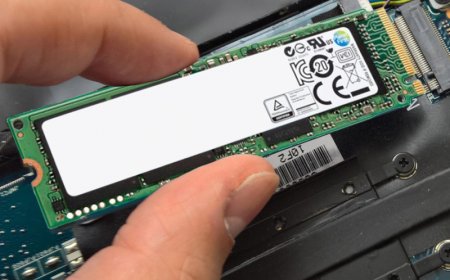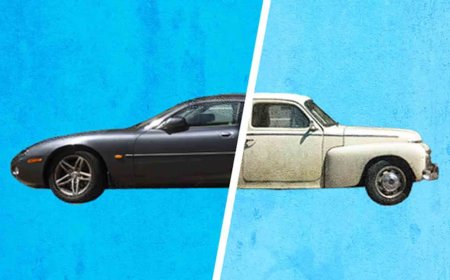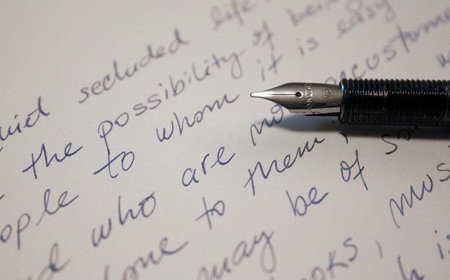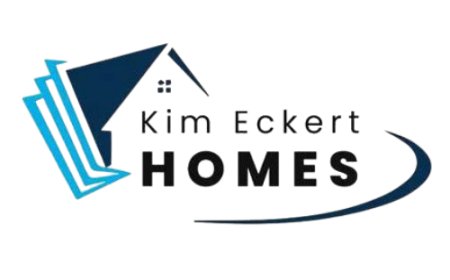Step-by-Step Tutorial to Convert JPG to HUS Embroidery Files
HUS format is specifically for Husqvarna Viking machines (hence the name). If you've got a newer Viking machine, it might also use VP3 format, but for this guide, we'll focus on HUS since that's what most users need.

So you've got a killer image you want to stitch onto fabric using your Husqvarna Viking embroidery machine, but there's just one problem your machine doesn't speak JPG. It needs that design in HUS format to work its magic. Don't worry, converting images to embroidery files isn't as complicated as it sounds, and I'm going to walk you through a step by step guide toconvert JPG to HUS embroidery file.
Understanding the Basics
First things first let's clear up some confusion. Your JPG is just a picture, while a HUS file contains actual stitch instructions for your embroidery machine. Think of it like the difference between a photograph of a cake and an actual recipe. To make this conversion happen, we need to "digitize" your image, which is just a fancy way of saying we're turning it into stitches your machine can understand.
HUS format is specifically for Husqvarna Viking machines (hence the name). If you've got a newer Viking machine, it might also use VP3 format, but for this guide, we'll focus on HUS since that's what most users need.
What You'll Need
Before we dive in, gather these tools:
- Your original JPG image (the clearer, the better)
- Embroidery digitizing software (we'll cover free and paid options)
- A computer (Windows works best for most embroidery software)
- A way to transfer files to your machine (USB stick, cable, etc.)
Step 1: Choose Your Digitizing Software
You've got several options here, depending on your budget and needs:
Free Options:
- Ink/Stitch(free Inkscape extension) - Great for simple designs
- MyEditor(online tool) - Quick for basic conversions
- SewArt Free Trial- Limited but gets the job done
Paid Options:
- Hatch Embroidery- User-friendly with great results
- Wilcom TrueSizer- More professional features
- Embrilliance- Specifically good for Viking machines
For this tutorial, we'll use Hatch Embroidery because it strikes a nice balance between power and ease of use, but the process is similar in most programs.
Step 2: Prepare Your Image
Open your JPG in any basic photo editor (even Paint will do). You'll want to:
- Crop out any unnecessary background
- Convert to black and white if it's a simple logo
- Increase contrast to make edges clearer
- Save as PNG for better quality
Pro tip: Simple images with clear edges work best. That detailed family photo? Probably not ideal for embroidery. Stick to logos, text, or bold graphic designs for best results.
Step 3: Import into Your Digitizing Software
Fire up Hatch (or your chosen software) and:
- Create a new project
- Set your hoop size to match what you'll use
- Import your prepared image
- Resize it to your desired dimensions
Remember: Embroidery has size limits based on your machine's hoop. Going too big can cause problems.
Step 4: Digitizing Your Design
This is where the magic happens. You'll:
- Use the auto-digitize feature for a quick start
- Manually clean up any messy areas
- Set stitch types (satin for text, fill for large areas)
- Adjust stitch direction for best coverage
- Set your color stops
Don't rush this part poor digitizing leads to poor stitching. Watch the preview closely and tweak until it looks right.
Step 5: Saving as HUS Format
Once you're happy with your design:
- Go to File > Save As
- Select HUS from the format dropdown
- Name your file clearly
- Save to your preferred location
Some programs might call this "export" instead of save. If you don't see HUS as an option, you might need to choose VP3 for newer Viking machines.
Step 6: Testing Your Design
Before you stitch on your final fabric:
- Transfer the file to your machine (USB works best)
- Stitch it out on scrap fabric
- Check for any issues like:
- Thread breaks
- Puckering
- Gaps in coverage
If something's not right, go back to your software and adjust. It's normal to do 2-3 test runs before getting it perfect.
Troubleshooting Common Problems
Ran into issues? Here's how to fix them:
Design Won't Open on Machine
- Wrong file format (make sure it's HUS)
- File corruption (try saving again)
- Machine software needs updating
Stitches Look Messy
- Increase density in digitizing software
- Change stitch direction
- Use stabilizer when stitching
Colors Don't Match
- Double-check your color stops
- Use actual thread color charts
- Adjust in software if needed
Advanced Tips for Better Results
Once you've got the basics down, try these pro techniques:
- Use underlay stitches for better stability
- Split large designs into multiple color sections
- Add manual stitch points for tricky curves
- Experiment with different stitch types
Alternative Methods
Don't want to digitize yourself? You can:
- Use online conversion services (but quality varies)
- Hire a professional digitizer (best for complex designs)
- Buy pre-digitized designs in HUS format
Final Thoughts
Converting JPG to HUS isn't rocket science, but it does take some practice. Your first few attempts might not be perfect, and that's okay. Each time you do it, you'll learn more about how stitches work and how to make your designs stitch out better.
Remember:
- Start with simple designs
- Always test stitch first
- Don't be afraid to tweak and adjust
- Have fun with it!
Before you know it, you'll be turning all your favorite images into custom embroidery like a pro. Now grab that JPG and start creating your Viking machine is waiting!
Got questions or run into trouble? Drop a comment below and I'll help you figure it out. Happy stitching!



































